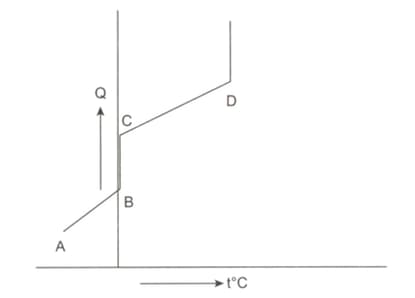NCERT Solutions for Chapter: Matter in Our Surroundings, Exercise 1: Exercise
NCERT Science Solutions for Exercise - NCERT Solutions for Chapter: Matter in Our Surroundings, Exercise 1: Exercise
Attempt the practice questions on Chapter 1: Matter in Our Surroundings, Exercise 1: Exercise with hints and solutions to strengthen your understanding. Science Textbook of Competency Based Questions for Class IX solutions are prepared by Experienced Embibe Experts.
Questions from NCERT Solutions for Chapter: Matter in Our Surroundings, Exercise 1: Exercise with Hints & Solutions
The picture shows the arrangement of particles in three different substances.

Which of the following is true about the state of the three substances?
| S.No. | Substance 1 | Substance 2 | Substance 3 |
| 1. | Solid | Liquid | Gas |
| 2. | Gas | Liquid | Solid |
| 3. | Liquid | Gas | Solid |
| 4. | Gas | Solid | Liquid |
The picture shows the arrangement of particles in three different substances.

What can be done to make the particles of Substance move slower?
The graph given below represents the interconversion of ice to water vapour. Identify the point in the curve which indicates the boiling point of water.

When two substances A and B of same mass are heated under similar conditions, number of free surfaces has been found to reduce to zero from one. If A maintains constancy in the temperature for a longer time than B during heating, then
The diagram shows a cup of tea

Which row describes the water particles in the air above the cup compared with the water particles in the cup?
| Moving faster | Closer together | |
| A |  |
 |
| B |  |
 |
| C |  |
 |
| D |  |
 |
The diagrams show the arrangement of particles in three different physical states of substance .

Which statement about the physical states of substance is correct?
A balloon filled with ethane is pricked with a sharp point and quickly plunged into a tank of hydrogen at the same pressure, the balloon will?
A student adds ink to water. The ink particles spread throughout the water. Which property of water allows other particles to diffuse in it?
